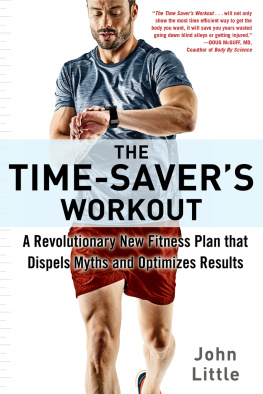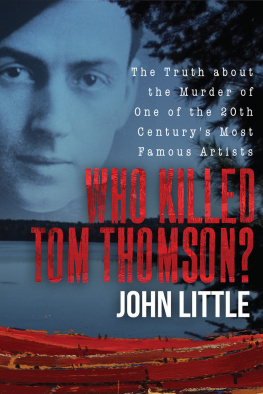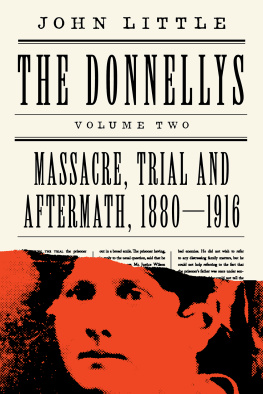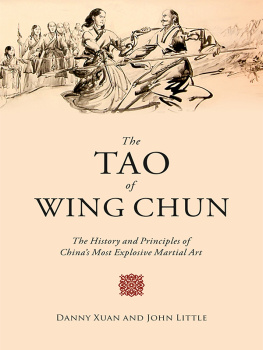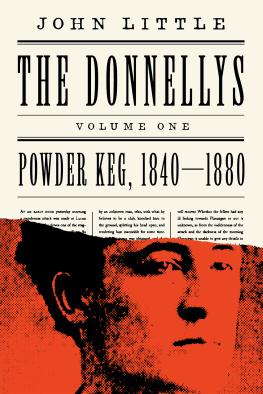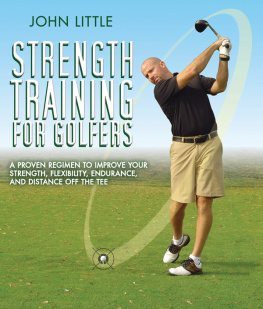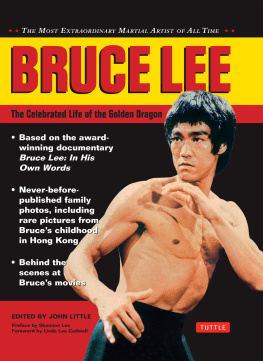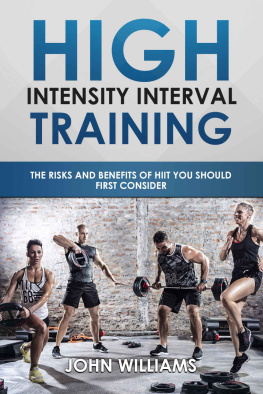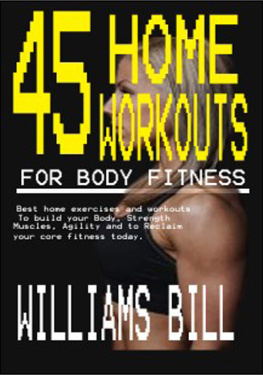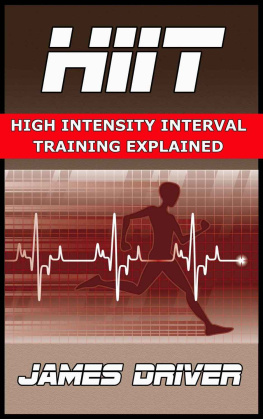

Copyright 2019 by John Little
All rights reserved. No part of this book may be reproduced in any manner without the express written consent of the publisher, except in the case of brief excerpts in critical reviews or articles. All inquiries should be addressed to Skyhorse Publishing, 307 West 36th Street, 11th Floor, New York, NY 10018.
Skyhorse Publishing books may be purchased in bulk at special discounts for sales promotion, corporate gifts, fund-raising, or educational purposes. Special editions can also be created to specifications. For details, contact the Special Sales Department, Skyhorse Publishing, 307 West 36th Street, 11th Floor, New York, NY 10018 or .
Skyhorse and Skyhorse Publishing are registered trademarks of Skyhorse Publishing, Inc., a Delaware corporation.
Visit our website at www.skyhorsepublishing.com.
10 9 8 7 6 5 4 3 2 1
Library of Congress Cataloging-in-Publication Data is available on file.
Cover design by Tom Lau
Cover photo credit: iStock
ISBN: 978-1-5107-3330-5
Ebook ISBN: 978-1-5107-3331-2
Printed in China
This book is designed to provide accurate and authoritative information with respect to the subject matter covered. While every attempt is made to provide accurate information, the author or publisher cannot be held accountable for errors or omissions. Be sure to consult a physician before beginning any exercise routine.
To my wife, Terri,
and our children Riley, Taylor, Brandon, and Ben
TABLE OF CONTENTS
Do not labor uselessly at what helps not at all.
Aeschylus
INTRODUCTION
T he most precious commodity in our lives is time. Once spent it is irretrievable, impossible to get back. Each of our lives is made up of a finite amount of time that invariably ends. Some people have the luxury of having lots of what is called spare time and are consumed with looking for ways to fill it, but most of us are hard-pressed to do what we need to do within the modest allotment of time that we have. Our lives are more complicated these days; some of us work more than two jobs, and some of us have children who require what little time we have away from work.
Exercise is considered to be important to many of us for the purpose of staying healthy enough and capable enough to carry on with what we need to do in our lives. But are we doing enough of it? Should we be making sacrifices in other areas of our lives in order to free up more valuable time in order to ensure that we are doing everything that we should in order to stay fit and healthyeven if we only have time to apply these health and fitness rewards to our work and in tending to our relationship commitments? Would it surprise you to learn that this author believes that were already spending way too much time exercising, and that we could free up most of the time that we are devoting to exercise right now and probably be fitter, healthier, and a hell of a lot happier as a result? I dont believe exercise should be the reason for your life, but rather an adjunct to it. Moreover, I dont believe the evidence supports the need for exercise classes, multiple-day-per-week visits to the gym, or taking out a second mortgage on your home to purchase nutritional supplements. If youve been kind of thinking along these same lines yourself, then welcome to the minimalist approacha movement toward trimming away the unessential things in your life to free up more of that all-too-rare commodity of time.
Those people who presently believe that they require hours and hours of exercise each week in order to be fully functional and healthy have, in my humble opinion, been played for suckers by the commercial interests that have dominated the exercise (and health) industry ever since its inception. You may count yourself among them; perhaps youve already purchased the $100 yoga pants, the $150 pair of running shoes, the cowhide weightlifting gloves, and the cupboard full of vitamin and herbal supplements. But dont feel bad, as youre not alone; most of us have been taken in by fitness hucksterism in one form or another over the years.
In 1887 the philosopher Friedrich Nietzsche released a short philosophical novel entitled Thus Spake Zarathustra . It was a powerful little book containing many powerful statements, but one statement in particular has proven to be prophetically true over the past century:
Where the marketplace begins, there begins also the noise of the great actors, and the buzzing of the poison-flies.
And while Europes great iconoclast never envisioned the goings on within the fitness industry when he penned these words, Im certain that he would have agreed that the sentiment most readily applies. Indeed, the great actors have descended upon the fitness world in the form of celebrities and self-appointed exercise and nutrition gurus, with the result that the exercise marketplace now seems to be constantly abuzz with poison-flies; i.e., carriers of erroneous information, with the perhaps not entirely unpredictable result that a contagion has spread in the form of harmful falsehoods.
Every new approach in exercise is brought before the public as being the ultimate and each has its adherents that certainly look the part. But if you pull far enough back from the din of the marketplace a pattern begins to emerge and that is that the ultimate truth in the health and fitness industry changes before us in kaleidoscopic fashion; one week dietary fat intake is the sole reason our society is obese; the next week its the fault of carbohydrates; another week aerobics (steppers, elipiticals, treadmills, running) is the best type of exercise one could perform for his or her health, and the next week its yoga. The Internet has only compounded this problem of contradictory information, as almost everyone who posts their views online does so with an air of authority and is quick to decry those methods that differ from their own. The silent majority who earnestly seek simple and truthful answers to their most basic of health and fitness questions are left confused, as the answers they are presented with are anything but simple and seldom truthful.
Then there is the transitory societal standard of how a male and female body should appear, which seems to shift and change with each passing decade like clouds in the sky. As hard as it may be for our youth of today to imagine, it wasnt always de rigueur to be thin with highly defined muscles. As proof one need only to look to our celebrities from the past. Actors from the 1950s, such as Marlon Brando and Marilyn Monroe, both of whom influenced millions with their physical appearance and were looked upon as representing the ideals of their day in terms of male and female body types, are, by present-day standards, considered to be rather pedestrian in terms of their respective appearances. Even further back, the overflowing ladies of Rubens, the buxom lasses of Rembrandt, and even Raphaels Madonnas were all rather physically prosperous. Alas, no more. Today our actors have bodies that look like competitive bodybuilders (and many of them are willing to take the steroids and other drugs necessary to achieve that look), while the models who pose for the cameras of corporations such as Victoria Secret and Calvin Klein likewise display a professional bodybuilders low level of body fat and are held up as representing the standard of how we should look in our undergarments. Our film stars, models, and elite athletes have both created and continued to fuel a mythology of image that not only has altered our perception of how we think we should look, but that has also spawned a national (indeed, a global) desire to become slimmer and leaner. And the primary (if not sole) beneficiary of all of this attention to muscles and leanness has been the health and fitness industry.
Next page
